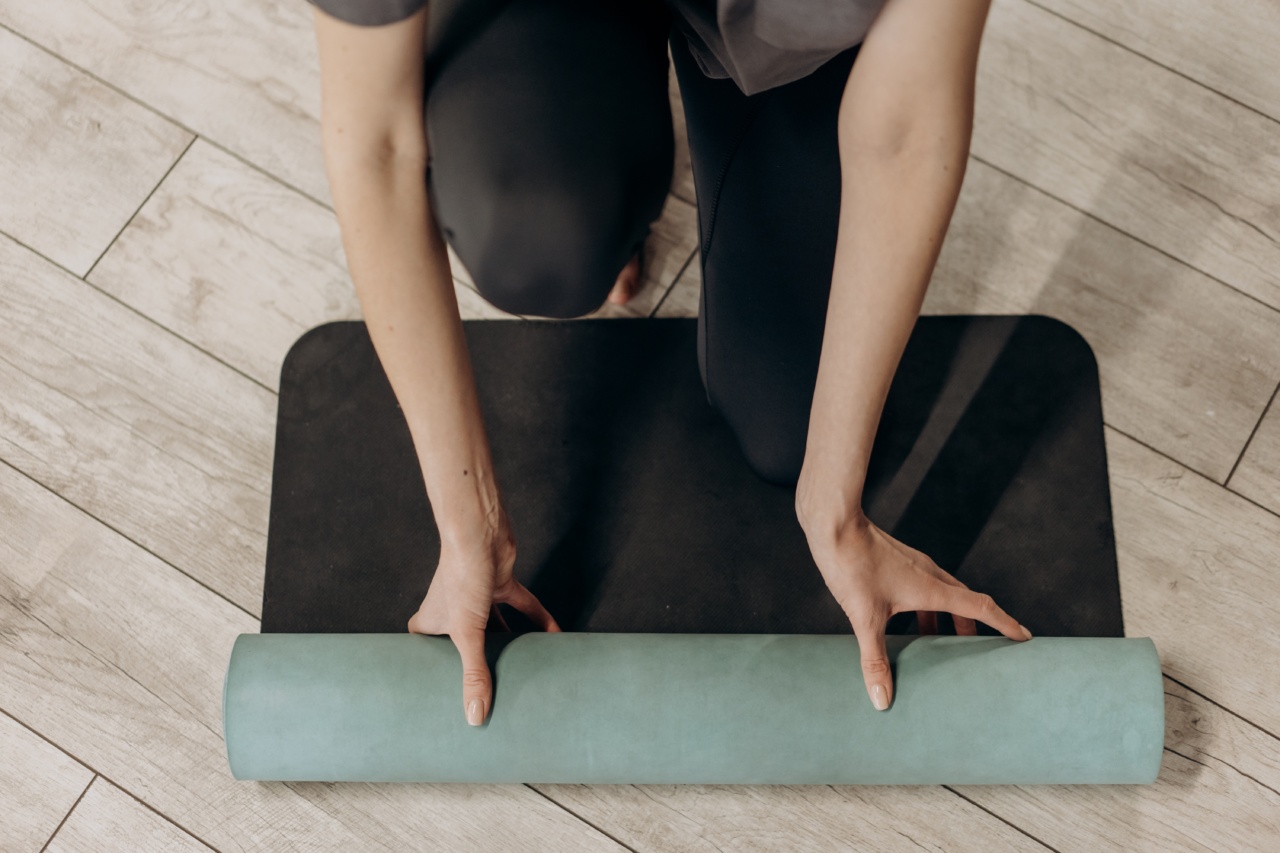Living with chronic pain can be an ongoing challenge that affects every aspect of your life. From limiting your physical abilities to impacting your mental well-being, pain can be debilitating and overwhelming.
While medication and various treatments may provide temporary relief, incorporating exercise into your routine is a natural and effective way to manage pain in the long run. Exercise helps to improve flexibility, strengthen muscles, and release endorphins, which are the body’s natural painkillers. In this article, we will explore the top tips for incorporating exercise that relieves pain into your daily routine.
1. Consult with a Healthcare Professional
Before starting any exercise program, it is essential to consult with a healthcare professional, especially if you have any underlying medical conditions or injuries.
They can assess your individual needs, provide you with valuable advice, and help you determine which exercises are safe and beneficial for your specific situation.
2. Start Slowly
When beginning an exercise routine for pain relief, it is crucial to start slowly and gradually increase the intensity and duration of your workouts. Be patient with your progress and give your body time to adapt.
Pushing yourself too hard too quickly may lead to further injury or exacerbate your pain.
3. Focus on Low-Impact Exercises
Low-impact exercises are gentle on the joints and can help alleviate pain while still providing numerous health benefits.
Activities such as swimming, cycling, or using an elliptical machine are ideal for individuals with joint pain or chronic conditions like arthritis. These exercises reduce the impact on your joints while still providing an effective workout.
4. Incorporate Strength Training
Strength training exercises are essential for supporting the muscles around the affected areas, decreasing pain, and improving overall function.
Start with light weights or resistance bands and gradually increase the intensity as your muscles strengthen. Targeting specific muscle groups can help alleviate pain associated with conditions such as back pain, knee pain, or shoulder pain.
5. Stretch Regularly
Stretching is an integral part of any exercise routine for pain relief. Regular stretching improves flexibility, increases blood flow to the muscles, and helps prevent muscle stiffness and soreness.
Incorporate stretches that focus on the areas affected by pain, and hold each stretch for 15-30 seconds. Don’t forget to breathe deeply and relax while stretching.
6. Practice Yoga or Pilates
Yoga and Pilates are mind-body exercises that emphasize stretching, flexibility, and controlled movements.
Both practices can be particularly beneficial for individuals experiencing chronic pain as they promote relaxation, improve posture, and strengthen the core, which helps support the body and reduces pain. Look for beginner-friendly classes or online videos to get started.
7. Consider Tai Chi
Tai Chi is a Chinese martial art that combines slow, flowing movements with deep breathing and meditation. This gentle exercise can help reduce pain, improve balance and coordination, and promote a sense of calm.
Joining a Tai Chi class or following instructional videos can provide guidance on the correct form and techniques.
8. Listen to Your Body
Pay attention to how your body responds to different exercises. If any particular movement or activity increases your pain or causes discomfort, modify or avoid it.
Remember that everyone’s pain thresholds and limitations are different, so it’s essential to listen to your body and adjust your exercise routine accordingly.
9. Find Activities You Enjoy
The key to sticking with an exercise routine is finding activities that you enjoy.
Whether it’s dancing, gardening, hiking, or playing a sport, incorporating activities you genuinely love into your routine will make it easier to stay motivated and consistent. The more you enjoy the exercise, the more benefits you’ll reap in terms of pain relief and overall well-being.
10. Set Realistic Goals
Setting realistic goals is crucial when incorporating exercise into your routine for pain relief. Don’t expect immediate results or set unrealistic expectations. Instead, focus on gradual progress and small achievements.
Celebrate each milestone along the way, regardless of how small it may seem. This mindset will help you stay positive and motivated as you work towards managing your pain effectively.
Conclusion
Incorporating exercise into your routine can significantly contribute to pain management and overall well-being.
Remember that each individual’s pain is unique, so it’s important to consult with a healthcare professional before starting any exercise program. Start slowly, focus on low-impact exercises, incorporate strength training and stretching, and explore mind-body exercises such as yoga, Pilates, or Tai Chi. Listen to your body, find activities you enjoy, and set realistic goals.
By incorporating these top tips into your routine, you can take control of your pain and improve your quality of life.































